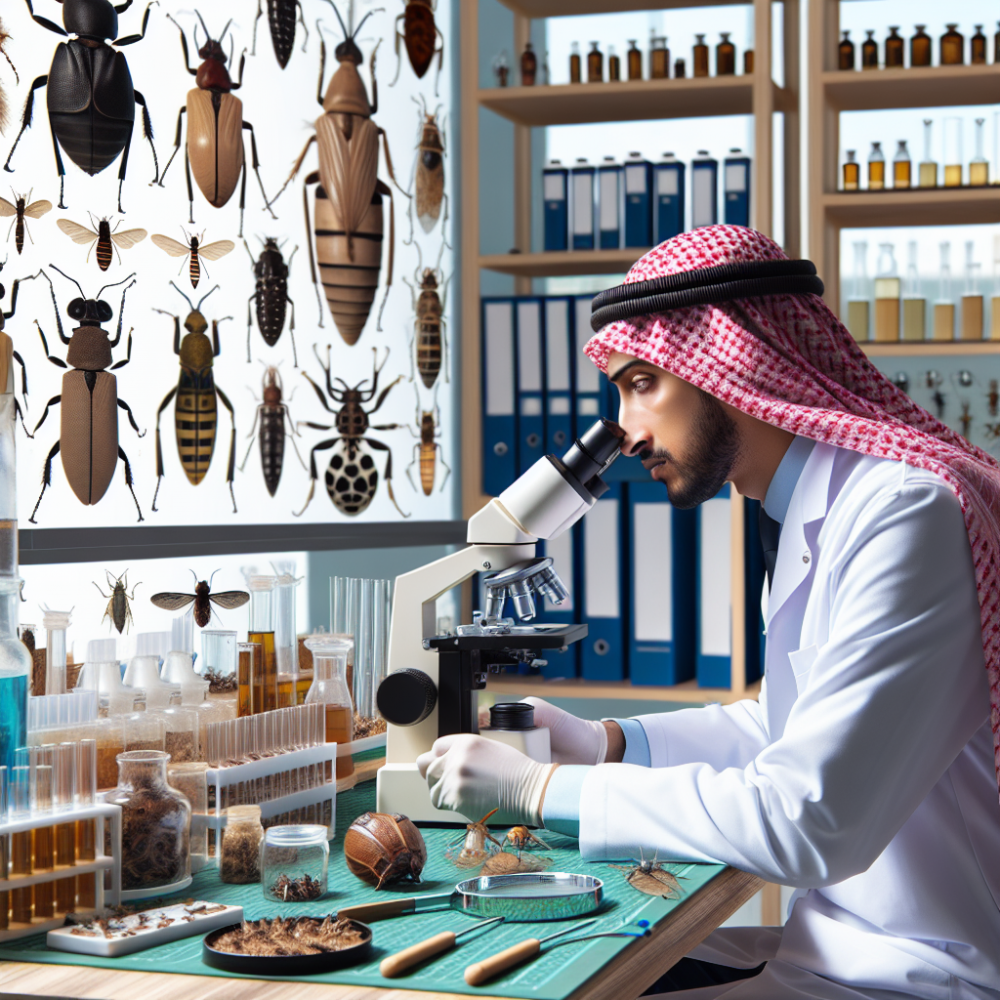Top 10 Strategies for Effective Insect Management

Posted on: Sunday, March 3rd, 2024
Insects can pose significant challenges to homes, gardens, and agricultural operations, necessitating efficient control measures. With the evolving nature of pest resistances and environmental concerns, adopting up-to-date, sustainable strategies is more crucial than ever. This guide highlights ten of the most effective methods for managing insect populations while minimizing harm to the ecosystem. By integrating these techniques, you can protect your environment from pests in a responsible, effective manner.
1. Biological Control: Leveraging natural predators, parasites, or pathogens can offer a sustainable option for insect management. Introducing or encouraging beneficial organisms like ladybugs, lacewings, and certain nematodes helps reduce pest populations without chemical use.
2. Cultural Practices: Altering the environment to make it less conducive to pests can prevent their establishment and proliferation. This includes crop rotation, proper waste management, and removing breeding sites, which disrupts the insect life cycle and reduces their populations.
3. Mechanical Control: Physical methods such as traps, barriers, and manual removal can effectively reduce pest numbers. For example, yellow sticky traps attract and capture flying insects, while diatomaceous earth can deter crawling pests.
4. Chemical Control: When necessary, the cautious use of pesticides can be effective. Opting for targeted, less toxic options and following integrated pest management (IPM) principles can minimize risks to non-target species and the environment.
5. Botanical Insecticides: Plant-derived substances, including neem oil and pyrethrin, can offer a more natural chemical control method. These products tend to break down more quickly in the environment, reducing the chance of long-term residues.
6. Genetic Control: Advances in genetic engineering have led to the development of genetically modified crops that are resistant to certain pests. This strategy reduces the need for external pesticides, though it requires careful management to avoid impacting non-target insects.
7. Soil Health Improvement: Healthy soil supports healthy plants more resistant to pests. Practices such as composting and using cover crops can enhance soil fertility and structure, providing a natural defense against insects.
8. Environmental Modification: Changing water management practices or modifying light sources can make habitats less attractive to pests. For example, reducing standing water eliminates breeding grounds for mosquito larvae.
9. Behavioral Modification: Using pheromones to disrupt mating patterns or attract pests to traps can effectively control population levels without impacting non-target species or the environment.
10. Legislative and Community Approaches: Adhering to local and national regulations regarding pest control and participating in community management programs can help manage pests on a larger scale. This collective approach ensures consistent, effective control measures across different settings.
In conclusion, managing insect populations requires a multifaceted approach that considers the ecological balance and minimizes harmful impacts. By integrating these top ten strategies, individuals and communities can achieve effective pest control that supports long-term environmental health and sustainability.